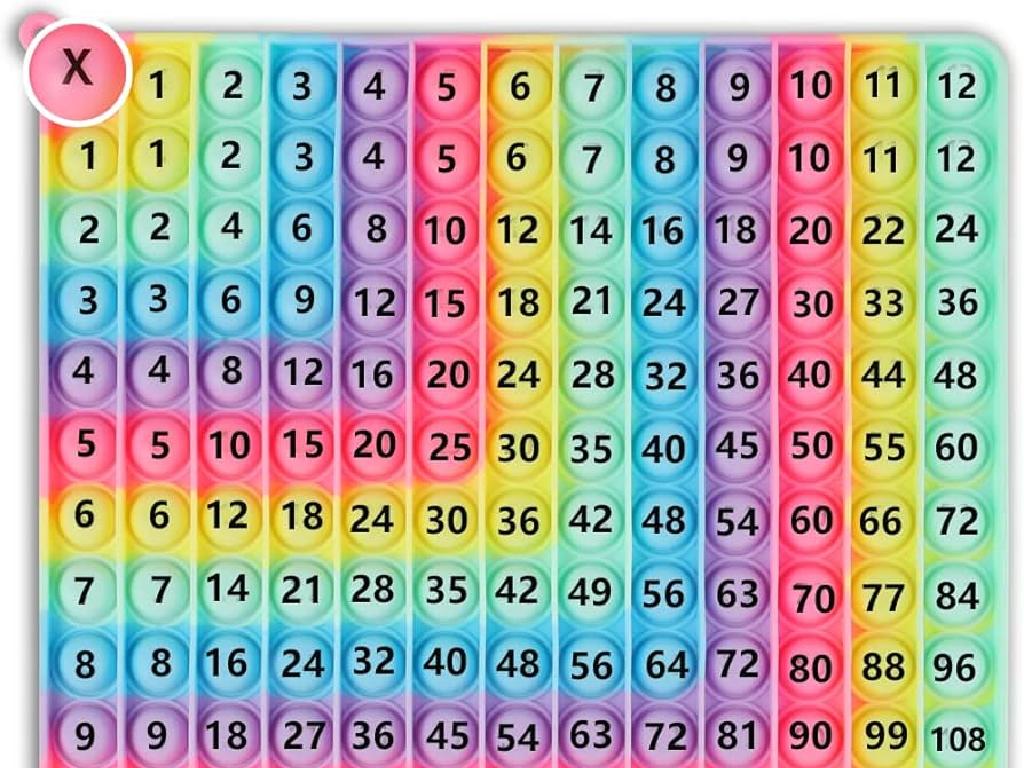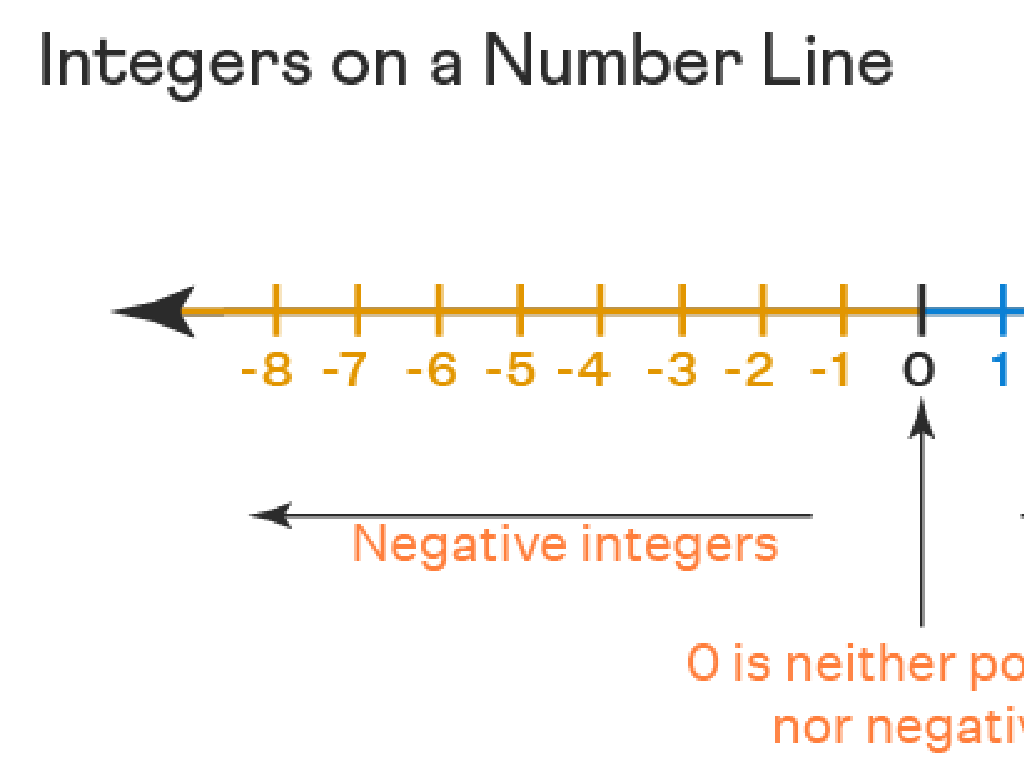Liberal And National Revolutions
Subject: Arts and humanities
Grade: High school
Topic: World History Project - 1750 To The Present
Please LOG IN to download the presentation. Access is available to registered users only.
View More Content
Introduction to Liberal and National Revolutions
– Forces driving change
– Social, economic, and political factors that led to revolutions
– Defining Liberalism
– Liberalism: a political philosophy advocating for freedom and equality
– Defining Nationalism
– Nationalism: a sense of shared identity and purpose based on common cultural characteristics
– Era overview: 1750-Present
– Key events and figures from 1750 to the present that shaped our world
|
This slide introduces the complex period of Liberal and National Revolutions, setting the stage for a deeper exploration of the historical forces that shaped modern society. It’s crucial to explain how social, economic, and political factors converged to create an environment ripe for revolution. Define liberalism as a philosophy that values individual freedoms and equality before the law, and nationalism as the belief in a shared identity based on culture, language, and heritage. Provide a broad overview of the era, highlighting the transformative events and influential figures that have led to the present day. Encourage students to consider how these ideologies have influenced current political and social landscapes.
The Age of Revolution: Global Impact
– The American Revolution’s influence
– Inspired democratic ideals and independence movements worldwide.
– French Revolution: A new society
– Introduced concepts of liberty, equality, and fraternity as societal foundations.
– Haitian Revolution: Struggle for freedom
– The first successful slave revolt, leading to Haiti’s independence.
– Revolutions: Shaping the modern world
|
This slide aims to encapsulate the essence of the Age of Revolution by highlighting the global impact of the American, French, and Haitian revolutions. The American Revolution not only led to the birth of a nation but also inspired a wave of independence movements and democratic ideals across the globe. The French Revolution was pivotal in redefining the structure of society and governance, promoting the enduring principles of liberty, equality, and fraternity. The Haitian Revolution stands as a landmark event in the fight against slavery and colonialism, marking the first successful slave revolt that resulted in Haiti’s independence. These revolutions collectively contributed to shaping the modern world, influencing political, social, and economic ideologies. Encourage students to reflect on how these historical events continue to influence contemporary society and the concept of revolution as a catalyst for change.
Exploring Liberal Ideals and Philosophies
– Enlightenment roots of liberalism
– Liberalism emerged from Enlightenment thinking, emphasizing reason and equality.
– Influential philosophers: Locke, Montesquieu, Rousseau
– Locke’s social contract, Montesquieu’s separation of powers, Rousseau’s general will.
– Core principles: individual rights, representative government
– Liberalism advocates for freedom of speech, religion, and the right to own property; supports a government elected by the people.
|
This slide delves into the origins and key concepts of liberal ideals that shaped modern democracies. The Enlightenment was a pivotal movement that introduced the idea of liberalism, focusing on individual freedoms and rational thought. Key philosophers like John Locke, who proposed the social contract theory, Montesquieu, who advocated for the separation of powers in government, and Rousseau, who introduced the concept of the general will, were instrumental in developing liberal thought. The principles of liberalism, such as individual rights to liberty and property and the formation of a representative government, are foundational to many political systems today. Encourage students to reflect on how these ideas have influenced current societal structures and the importance of these principles in contemporary governance.
Nationalism and Cultural Identity
– Understanding Nationalism
– A sense of unity among people with common culture, language, or history.
– Culture’s role in National Identity
– Shared customs, traditions, and beliefs contribute to a group’s identity.
– Language and History’s impact
– Common language and shared historical experiences forge strong bonds.
– Italian and German Unification
– Examples of how nationalism led to the unification of Italy and Germany in the 19th century.
|
This slide delves into the concept of nationalism and how cultural identity plays a pivotal role in uniting people under a common national identity. Nationalism is a powerful force that can lead to the formation of new states, as seen in the case studies of Italian and German unification. It’s important to discuss how shared culture, language, and history can bring people together, creating a sense of belonging and pride. The case studies will provide concrete examples of how these ideas manifest in real-world scenarios, offering students a clear understanding of the concepts. Encourage students to think critically about the positive and negative effects of nationalism in history and in current events.
Global Revolutions: Shaping Modern Nations
– Latin American Independence
– Movements led to freedom from colonial powers, e.g., Mexico’s war for independence.
– The 1848 European Revolutions
– A series of uprisings across Europe advocating for democracy and national self-determination.
– Japan’s Meiji Restoration
– Japan’s rapid modernization and industrialization to join the ranks of Western powers.
– Impact on World Politics
|
This slide aims to provide an overview of the various revolutions that took place globally, which played a significant role in shaping the political landscape of the modern world. Latin American Independence Movements were pivotal in the region’s liberation from Spanish and Portuguese colonial rule, with figures like Simón Bolívar leading the charge. The 1848 Revolutions in Europe were fueled by a desire for democracy and national sovereignty, influencing the political structure of many European nations. The Meiji Restoration marked Japan’s transformation into a modern state, adopting Western political, military, and educational institutions. Discuss the long-term impact of these revolutions on global politics, including the spread of democratic ideals and the rise of nationalism. Encourage students to explore the connections between these historical events and contemporary issues of governance and national identity.
Impact of Revolutions on Society
– Political structures redefined
– Monarchies to democracies, introduction of constitutions
– Social hierarchies reshaped
– Nobility power declined, rise of the middle class
– Economic transformations
– Industrialization spurred growth, trade expansion
– Capitalism’s ascent
– Free market principles, competition, private ownership
|
This slide examines the profound changes that revolutions brought to political, social, and economic spheres from the 18th century onwards. Political structures saw a shift from absolute monarchies to more democratic forms of governance, often with the establishment of constitutions. Social hierarchies were disrupted as the traditional power of the nobility waned and the middle class gained influence. Economically, the revolutions often acted as catalysts for industrialization, which in turn transformed economies and led to the expansion of global trade. The rise of capitalism became one of the most significant economic outcomes, characterized by the adoption of free market principles, increased competition, and the promotion of private property rights. Encourage students to think critically about how these changes laid the groundwork for the modern world and to consider both the positive and negative consequences of these transformations.
Liberal and National Revolutions: A Comparative Analysis
– Compare Liberal vs National Revolutions
– Both sought change, but with different focuses: individual freedoms vs. collective national identity.
– Explore Liberalism and Nationalism interplay
– Liberalism emphasized personal freedoms; nationalism focused on uniting people with common identity.
– Examine long-term global impacts
– Revolutions shaped modern political boundaries and influenced global democratic ideas.
– Understand revolutions’ historical significance
|
This slide aims to provide a comparative analysis of liberal and national revolutions, highlighting their similarities and differences. Students should understand that while both types of revolutions aimed for change, liberal revolutions typically focused on individual rights and freedoms, whereas national revolutions were more about uniting people under a common national identity. The interplay between liberalism and nationalism often fueled the revolutionary spirit of the time. It’s crucial to discuss the long-term effects these revolutions had on world history, including the shaping of modern nation-states and the spread of democratic ideals. Encourage students to think critically about how these historical events continue to influence our world today.
Role-Play Debate: Revolutions’ Impact
– Divide into groups for role-play
– Represent different revolutions
– Debate on the impact on modern society
– Prepare and present arguments
– Use historical facts and today’s lesson to support your stance
|
This class activity is designed to deepen students’ understanding of the impact that various liberal and national revolutions have had on modern society. By dividing the class into groups, each representing a different revolution, students will engage in a role-play debate to argue the significance of their assigned revolution. Encourage students to use historical facts and insights from today’s lesson to craft compelling arguments. This activity will help students develop critical thinking and public speaking skills. Possible revolutions for representation include the American Revolution, French Revolution, Haitian Revolution, and the Revolutions of 1848. Each group should focus on the social, political, and economic changes that resulted from their revolution and how these changes continue to influence the world today.






